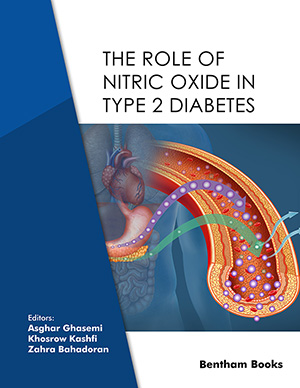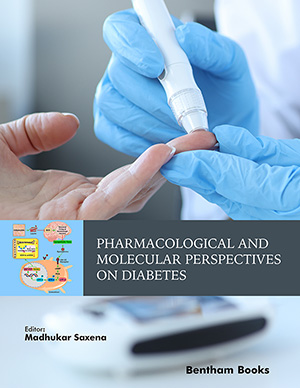
Abstract
The development of techniques that enable the characterization of critical parameters of pancreatic βcell function in a non-invasive manner is of immense value in diabetes research. These techniques will not only allow a better understanding of βcell physiology and dysfunction, but will be of practical help in the evaluation of islet material used for transplantation into type 1 diabetic patients. In the present review we discuss approaches, e.g. probes and microscopy / digital imaging techniques, which are used to evaluate parameters reflecting the βcells potential to convert the blood glucose concentration signal into an appropriate secretory response of insulin. These parameters include measurements of changes in the concentration of ATP, the formation of NAD(P)H, changes in the mitochondrial membrane potential ΔΨm, changes in cytoplasmic pH, as well as changes in cytoplasmic free [Ca2+]. Moreover, we present techniques that permit online monitoring of gene expression in living βcells and online detection of apoptosis of these cells. Finally, we discuss strategies that will allow the anal ysis of βcell stimulus-secretion coupling under in vivo conditions. This includes monitoring of βcell function in their natural setting, i.e. the pancreas, as well as the analysis of βcells within grafts following transplantation.
Keywords: Pancreatic Beta-Cell Signal-Transduction, transplantation, cytoplasmic
 1
1









